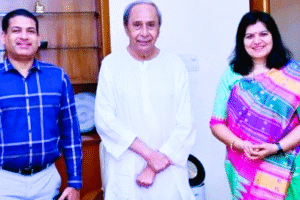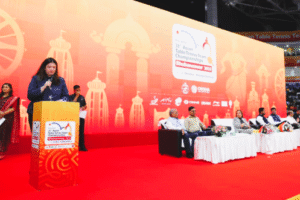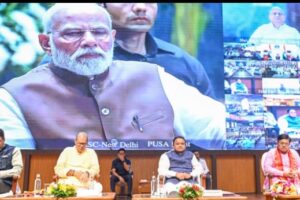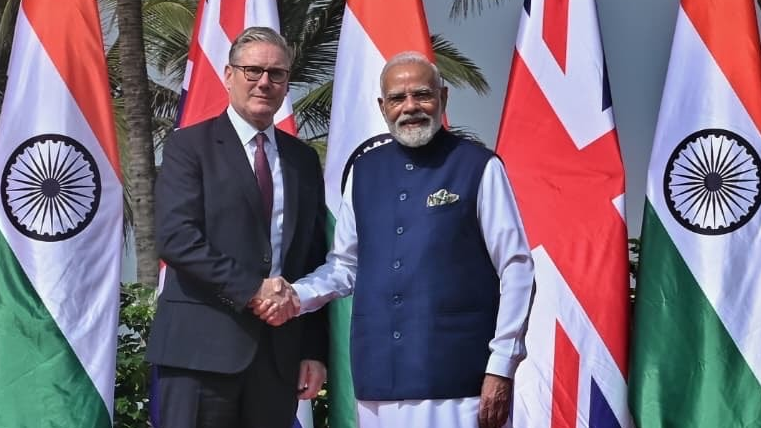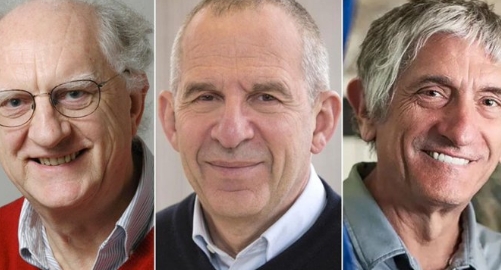
Three American Scientists Win Nobel Prize for Quantum Breakthrough in Macroscopic Circuits
New Delhi, Oct 7, 2025 — In a landmark recognition of quantum innovation, the Royal Swedish Academy of Sciences has awarded the 2025 Nobel Prize in Physics to three American scientists—John Clarke, Michael Devoret, and John Martinis—for their pioneering work in materials science.
The trio demonstrated quantum mechanical tunnelling and quantised energy levels in a macroscopic electrical circuit, a feat previously thought possible only at microscopic scales.
Their experiment marks a significant leap in applying quantum mechanics to real-world systems, paving the way for advancements in quantum computing, cryptography, and sensing technologies.
Traditionally, quantum mechanics governs the behavior of subatomic particles like electrons. However, this breakthrough showed that quantum effects can manifest in larger, tangible systems—bringing theoretical physics closer to practical applications.
Since 1901, 118 scientists have received the Nobel Prize in Physics for contributions to materials science. Notably, the youngest laureate was Lawrence Bragg (25 years old, 1915), while the oldest was Arthur Ashkin (96 years old, 2018).
India’s first Nobel laureate in this category was Sir C.V. Raman, honored in 1930 for discovering the Raman Effect, which revealed how light changes color when it strikes matter.
This year’s award not only celebrates scientific excellence but also signals a new era where quantum theory meets engineering innovation.








